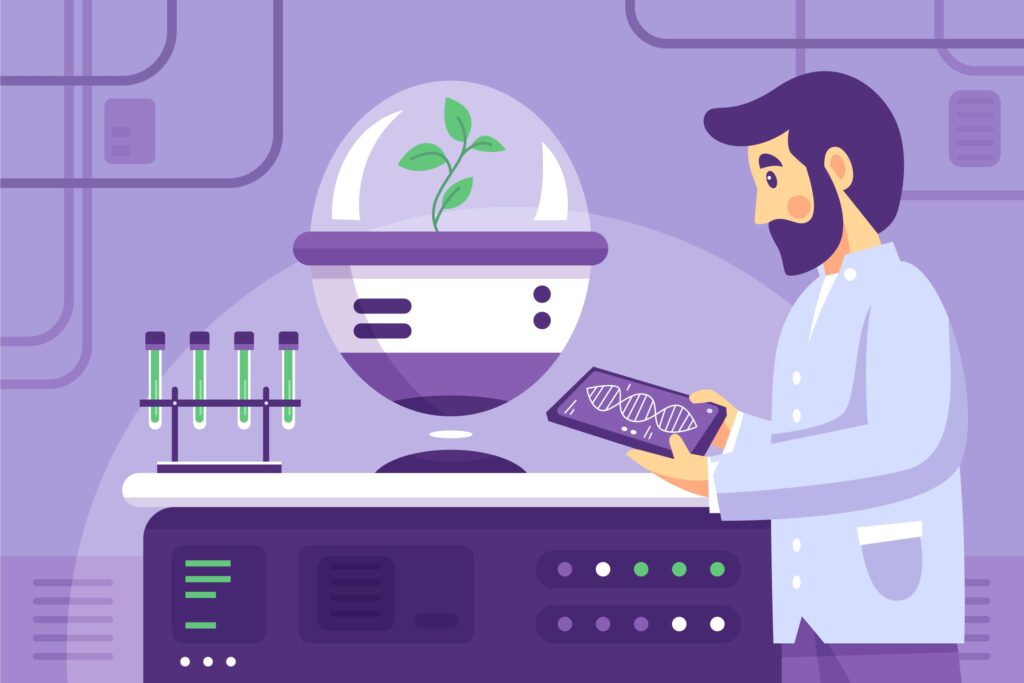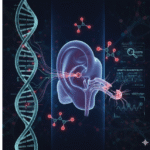CRISPR-Cas9 has been a groundbreaking tool in genetic engineering, allowing scientists to edit genes with unprecedented precision. However, recent developments have introduced more refined techniques, such as Prime Editing and base editing, which promise to enhance the accuracy and efficiency of gene editing.
The Evolution of CRISPR Technology
CRISPR-Cas9 works by introducing a double-strand break in DNA, which the cell repairs, often leading to gene disruption. While this method has been revolutionary, it can sometimes cause unintended mutations. To address these issues, researchers have developed Prime Editing and base editing.

Prime Editing: A Precision Tool
Prime Editing, introduced in 2019, is considered a “search-and-replace” method for DNA. It uses a catalytically impaired Cas9 fused to a reverse transcriptase enzyme, allowing for the direct writing of new genetic information into a specified DNA site without causing double-strand breaks. This technique significantly reduces off-target effects and increases editing accuracy.
Base Editing: Converting DNA Bases
Base editing, developed shortly after Prime Editing, enables the conversion of one DNA base pair to another without causing double-strand breaks. This method is particularly useful for correcting point mutations, which are responsible for many genetic diseases. By directly converting bases, base editing offers a safer and more efficient approach to gene therapy.
Applications of CRISPR in Medicine

These advanced gene-editing techniques have vast potential in treating genetic disorders. For instance, Prime Editing has shown promise in correcting mutations responsible for sickle cell anemia and Tay-Sachs disease. Similarly, base editing has been explored for its potential to correct mutations in the BRCA1 gene, which is linked to an increased risk of breast cancer.
Ethical Considerations
With the power to edit genes comes the responsibility to consider the ethical implications. Issues such as germline editing, potential misuse, and accessibility of these technologies are subjects of ongoing debate. It’s crucial to establish guidelines and regulations to ensure that gene-editing technologies are used responsibly and equitably.
Conclusion
The advancements in CRISPR technology, particularly Prime Editing and base editing, mark a significant leap forward in genetic medicine. While challenges remain, the potential benefits for treating genetic disorders are immense. As research progresses, these technologies could pave the way for personalized medicine, offering hope to millions affected by genetic diseases.





